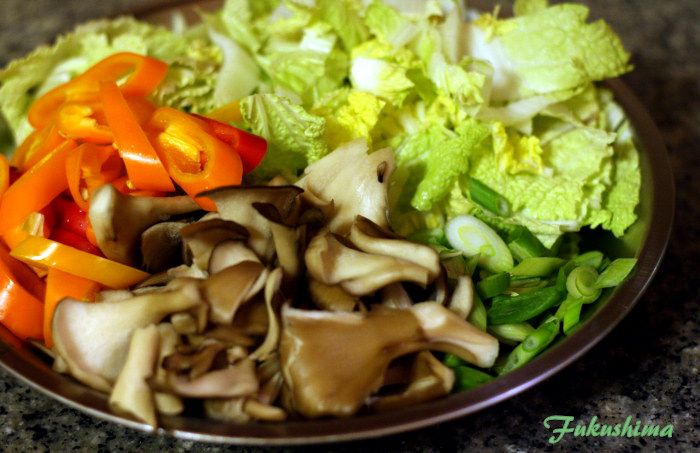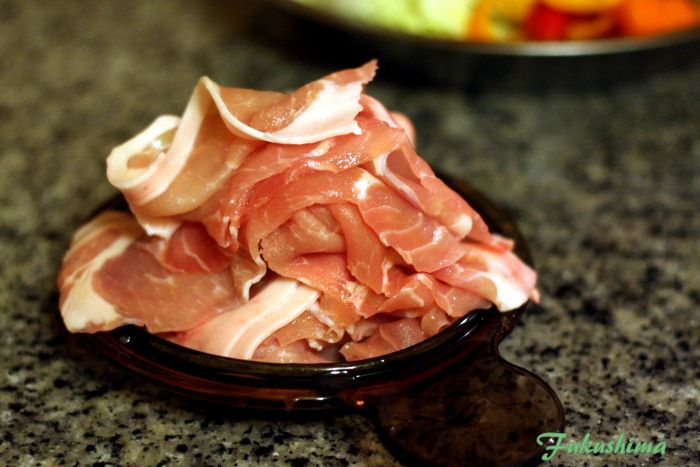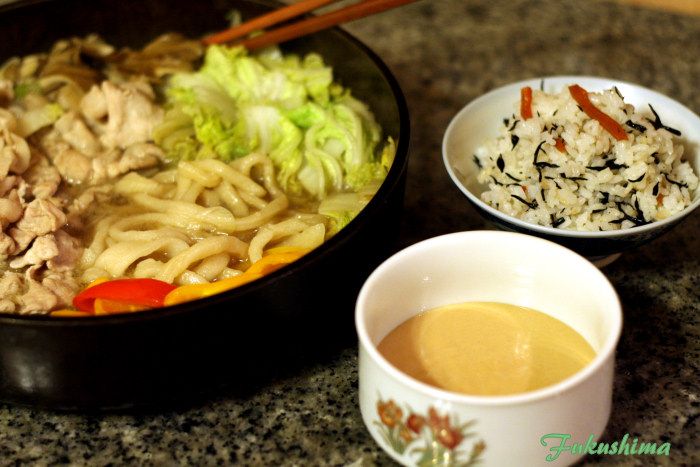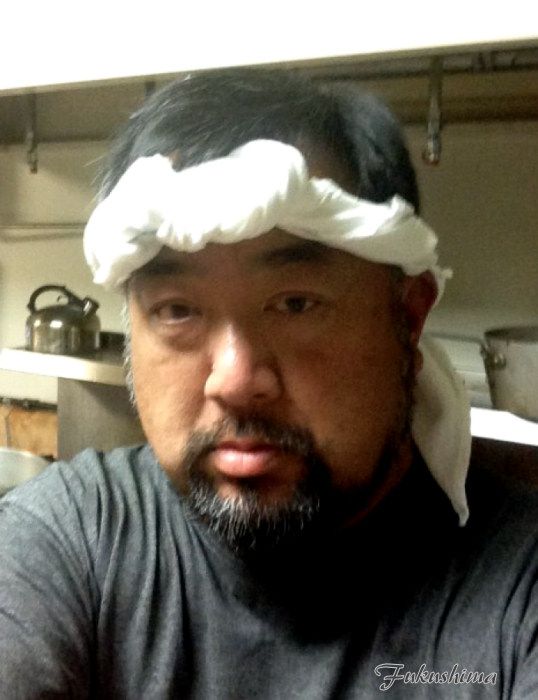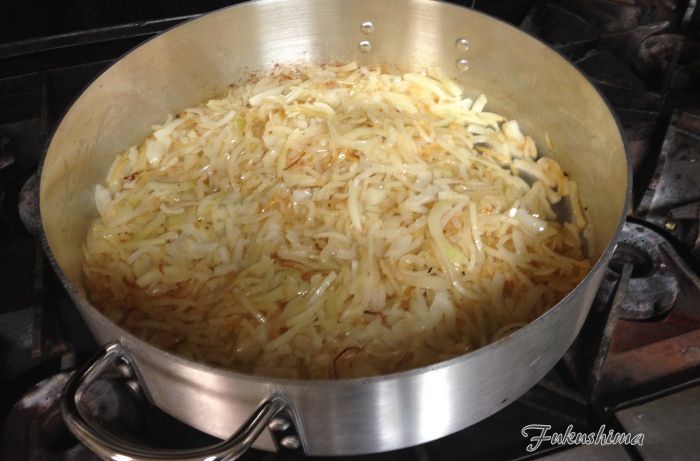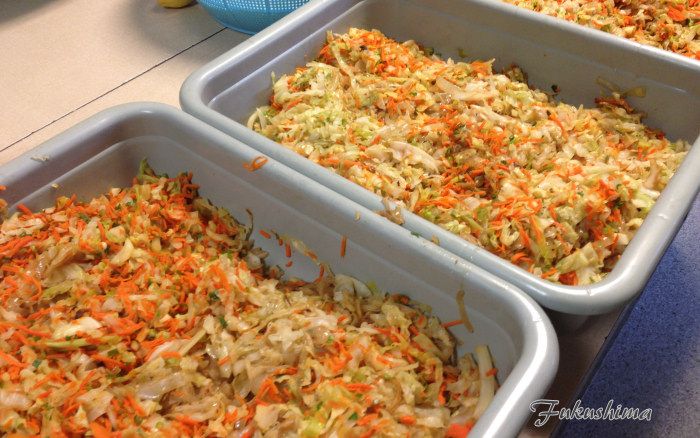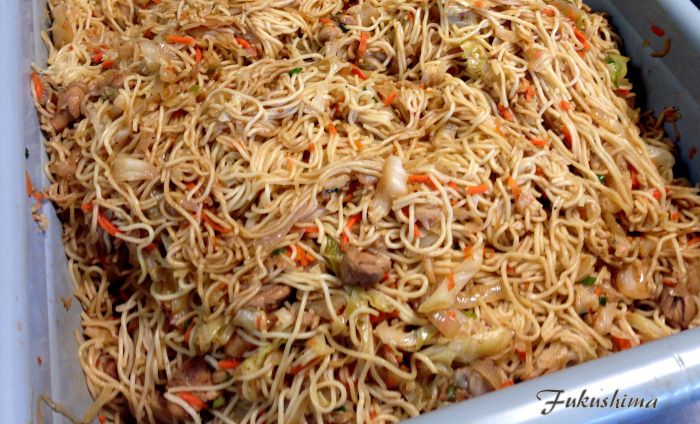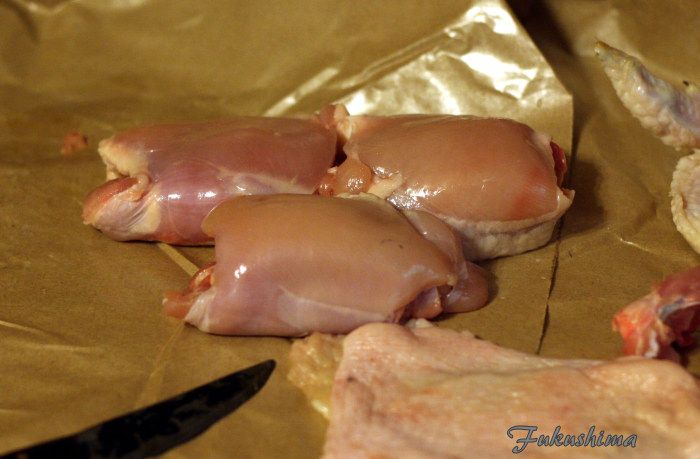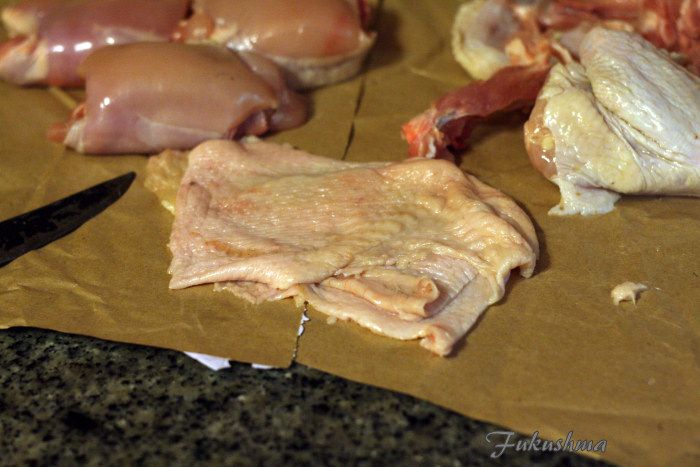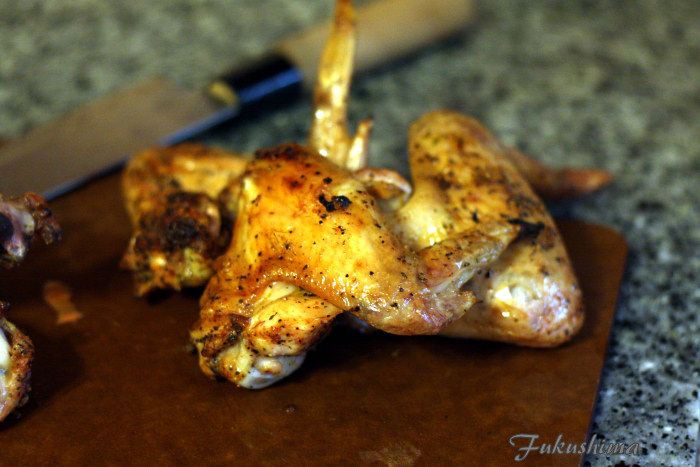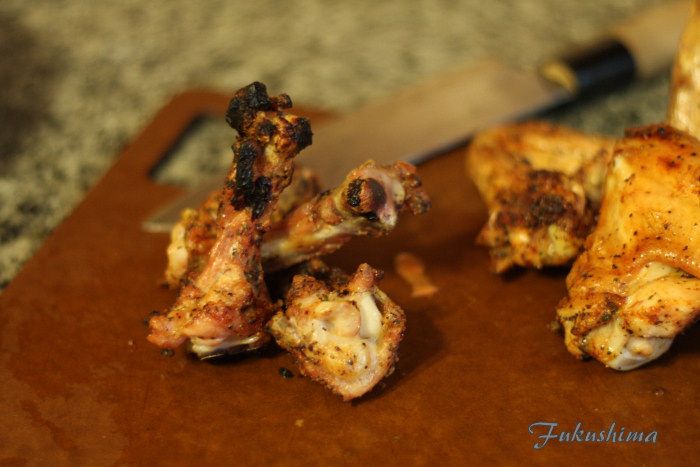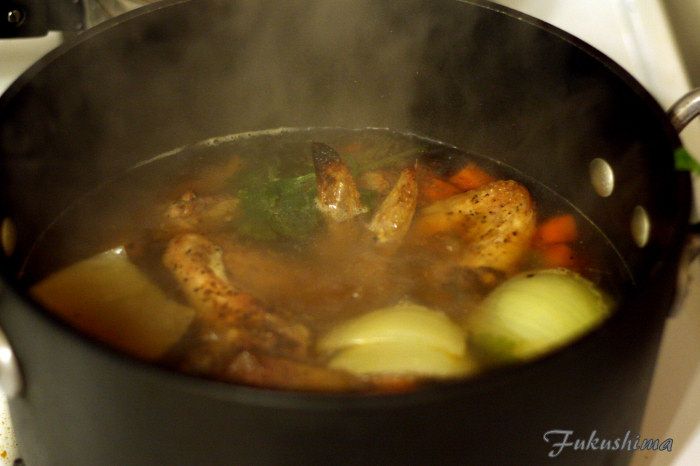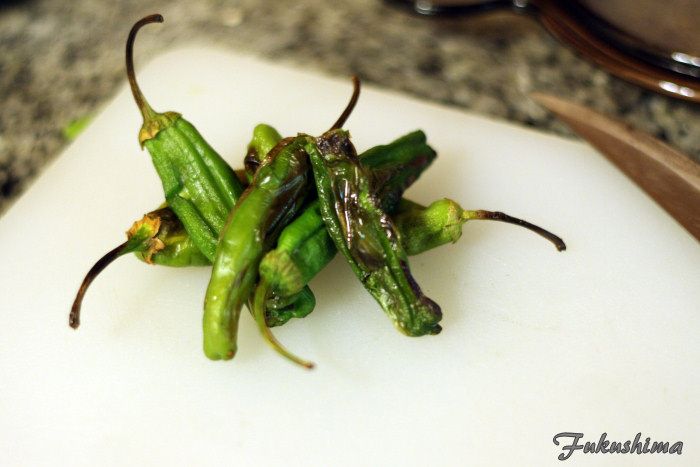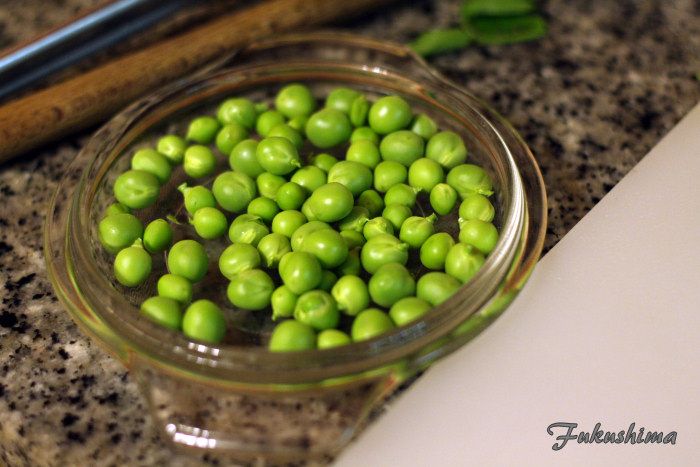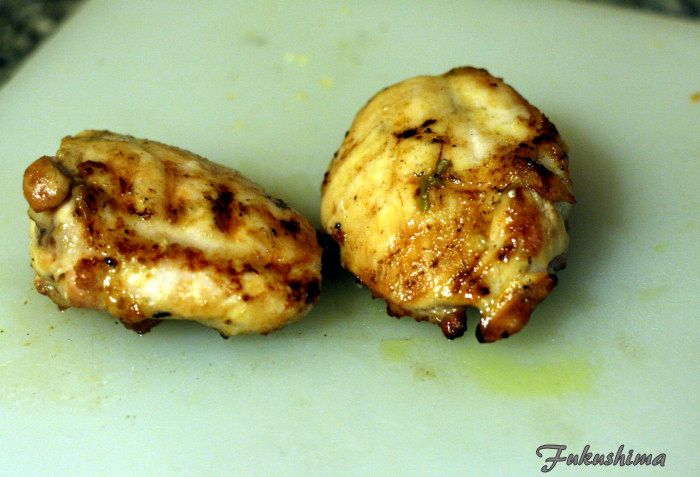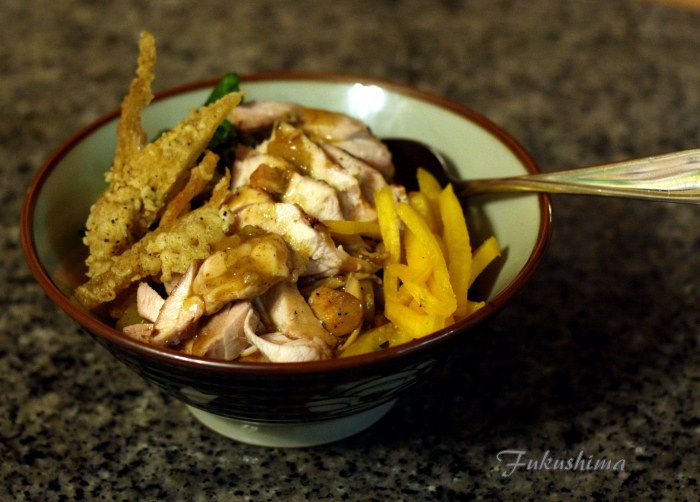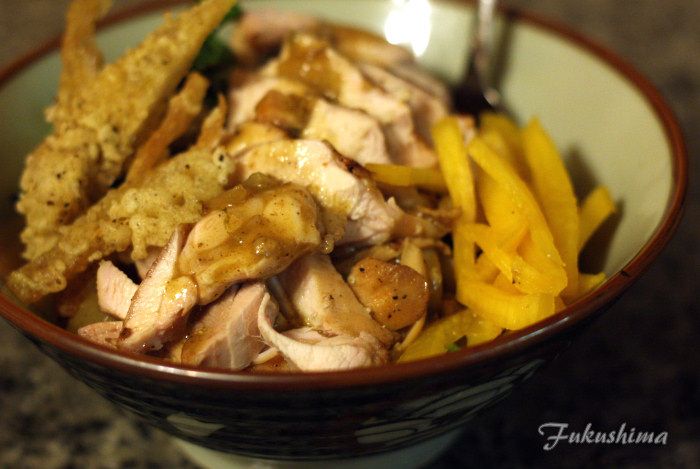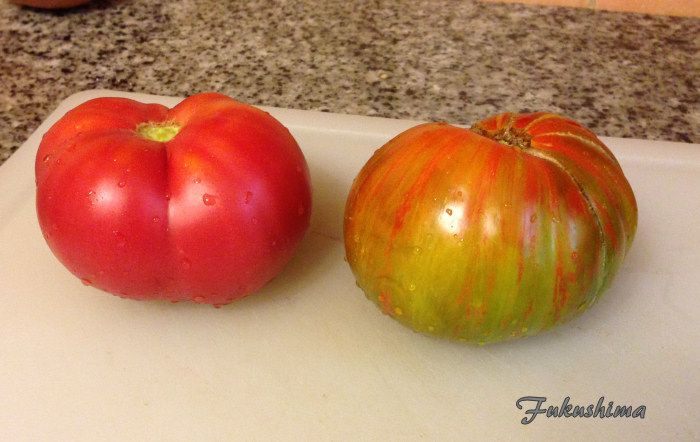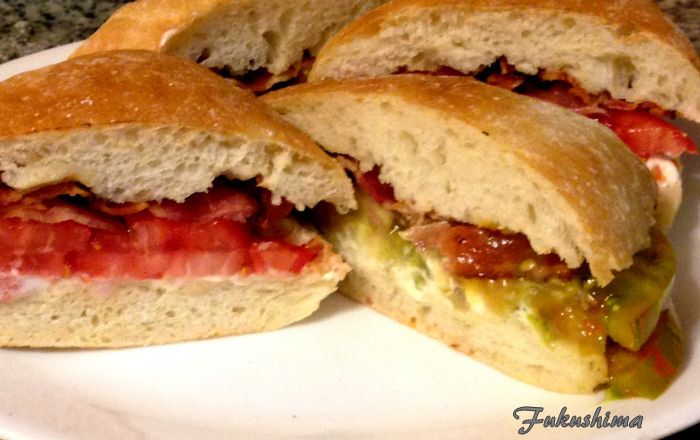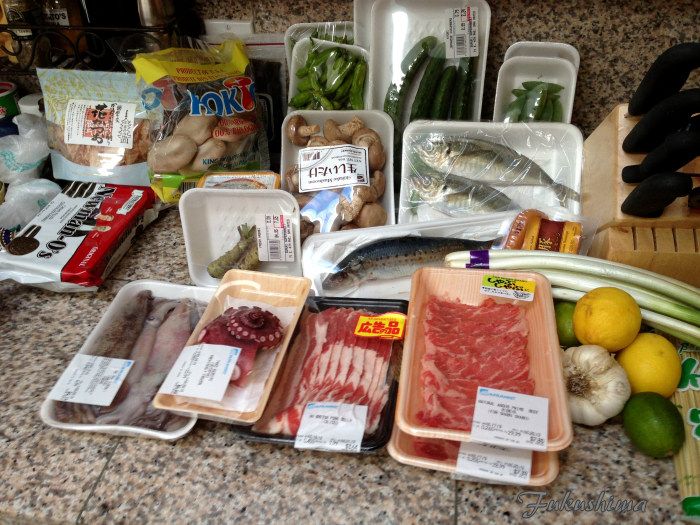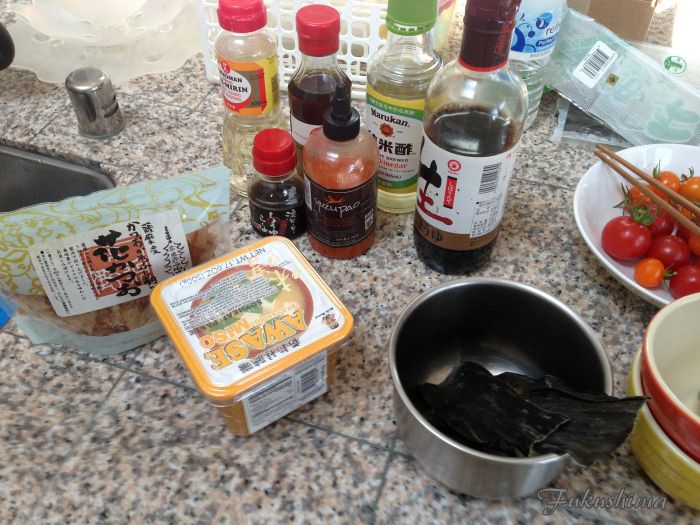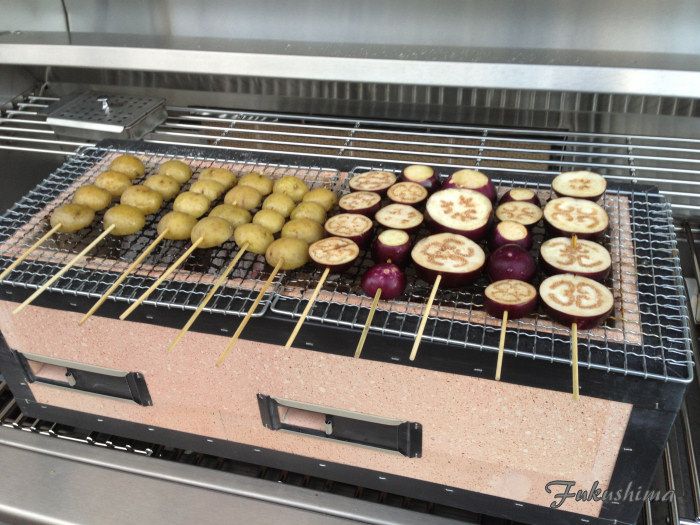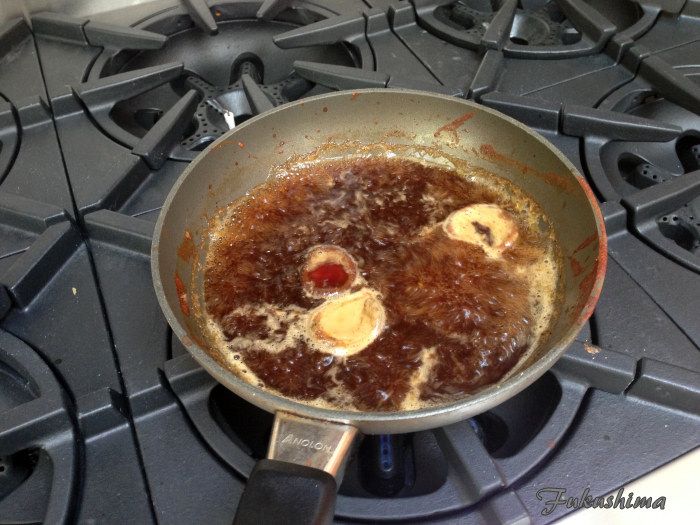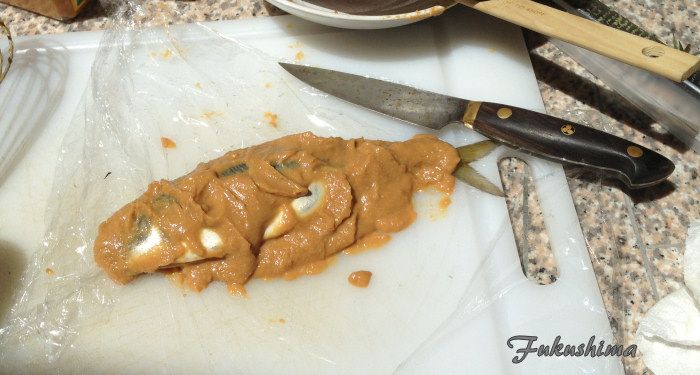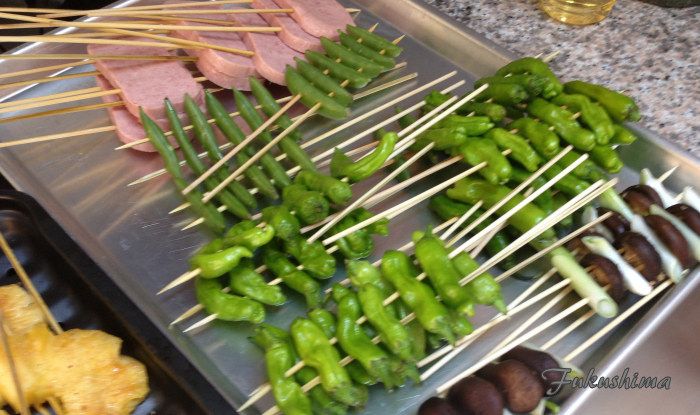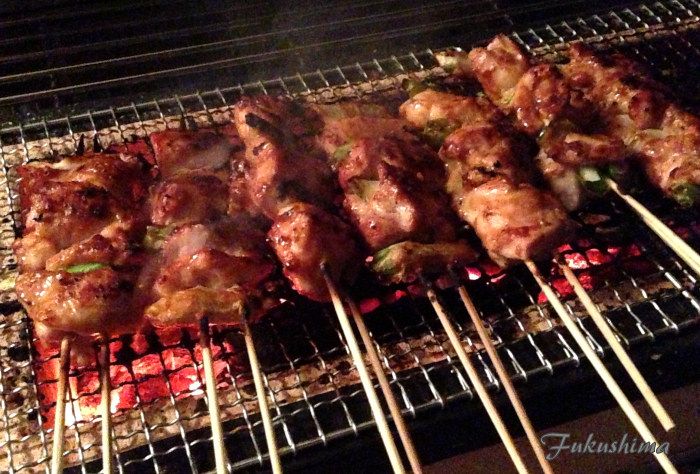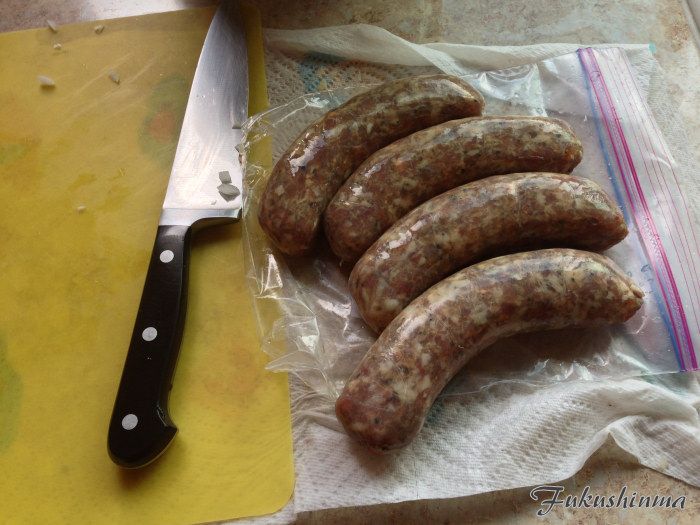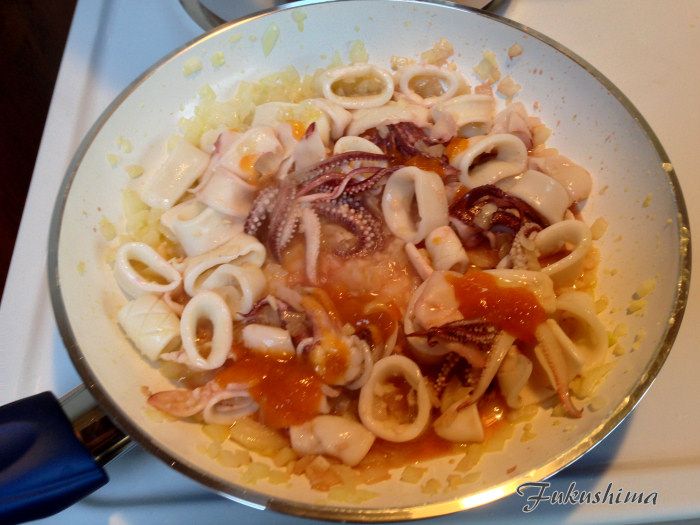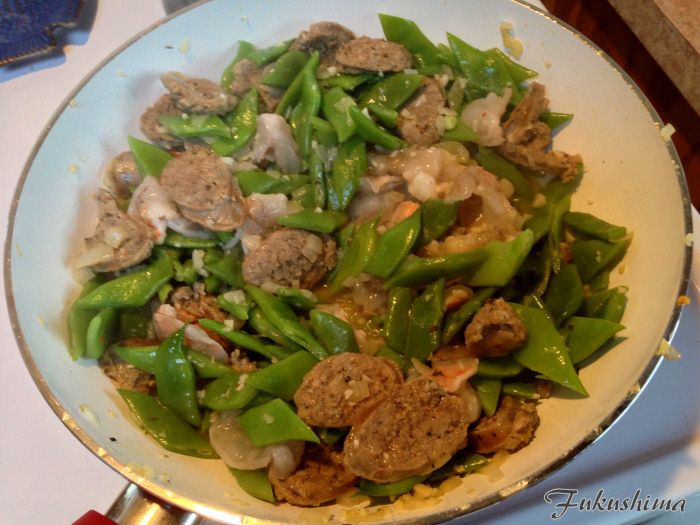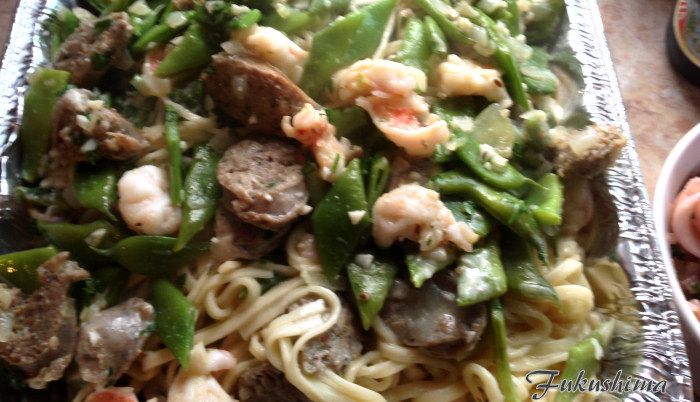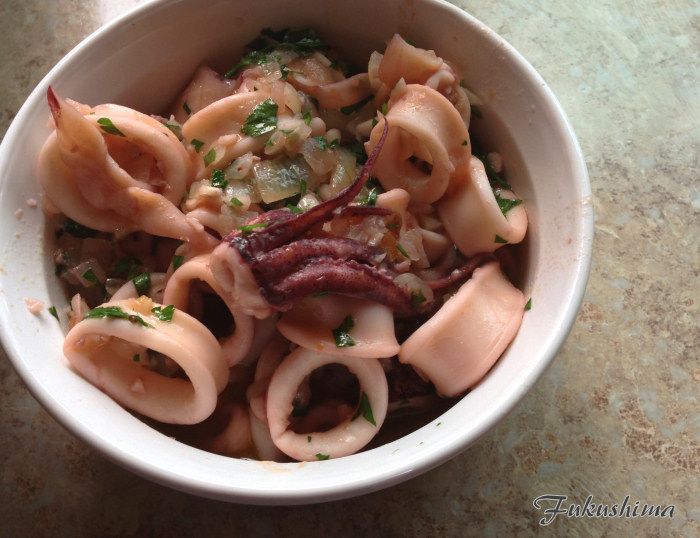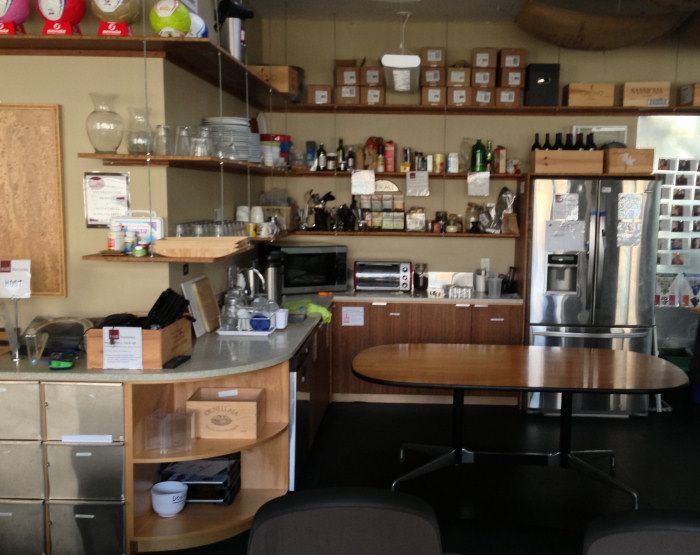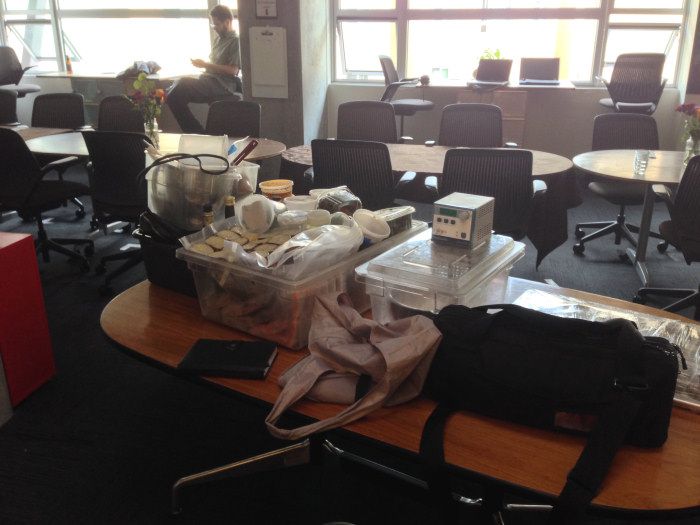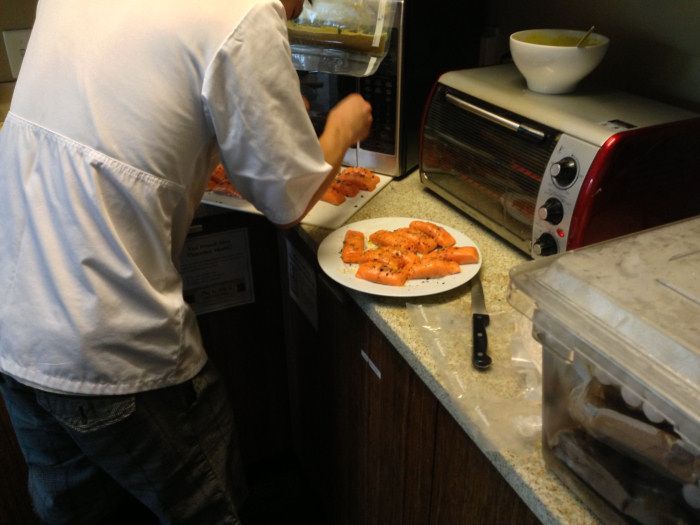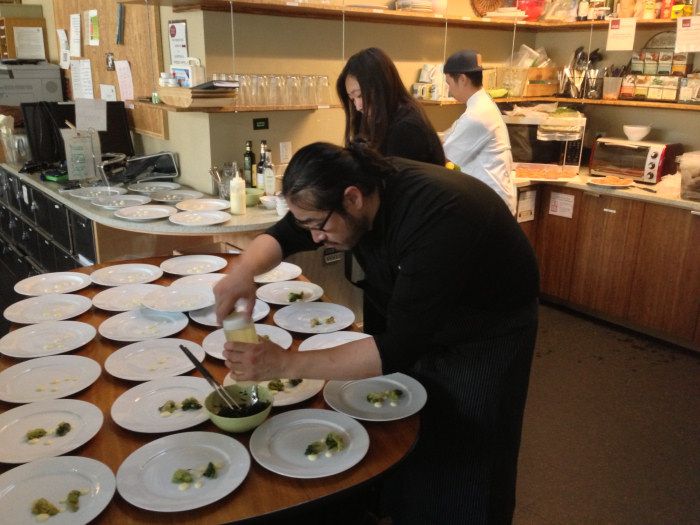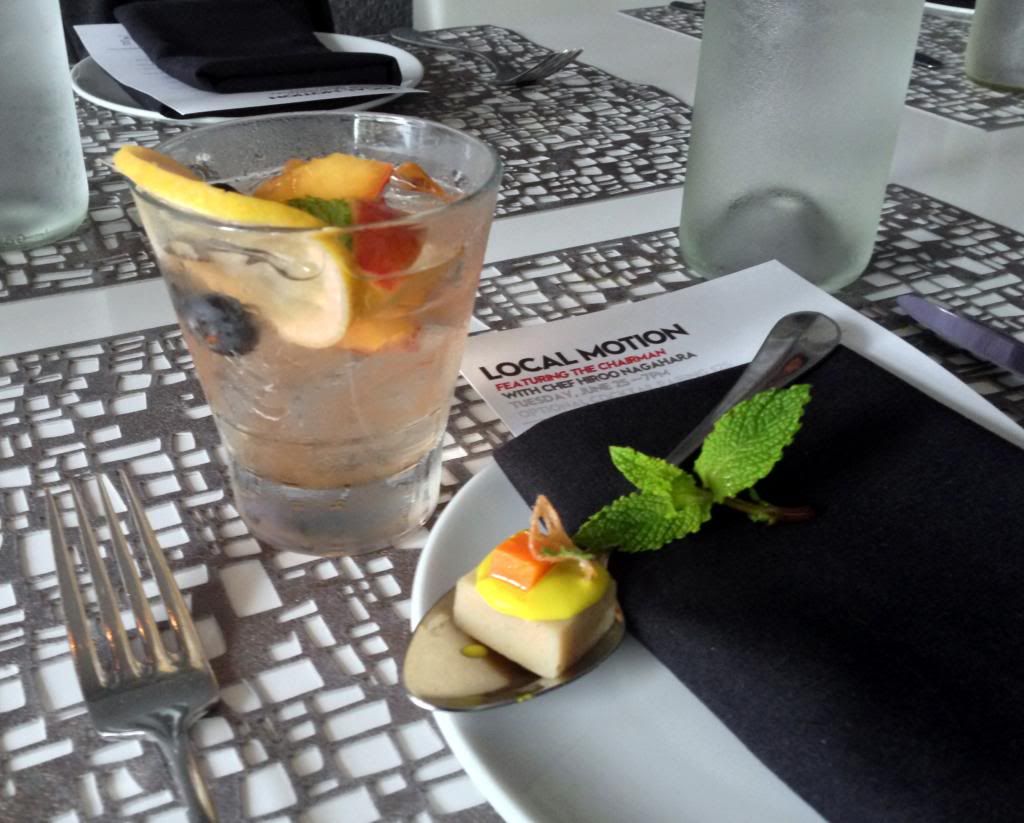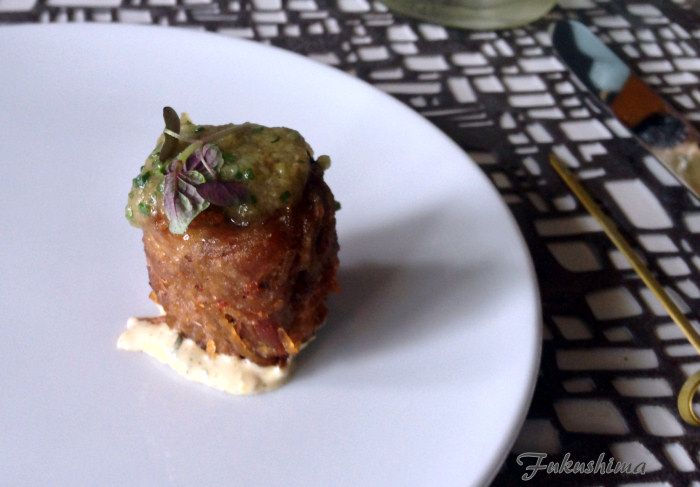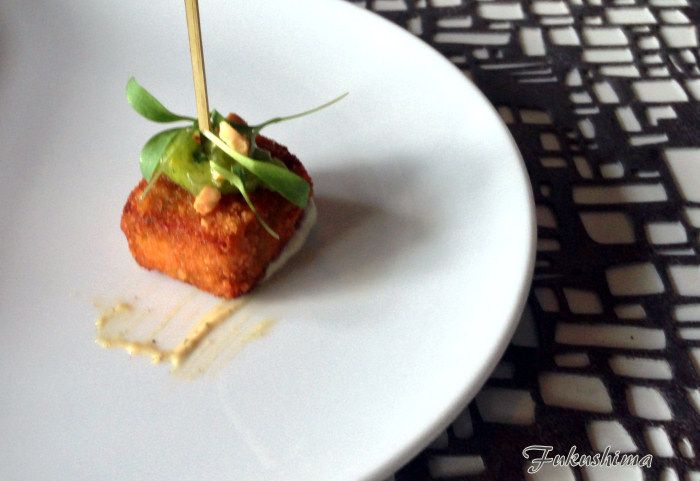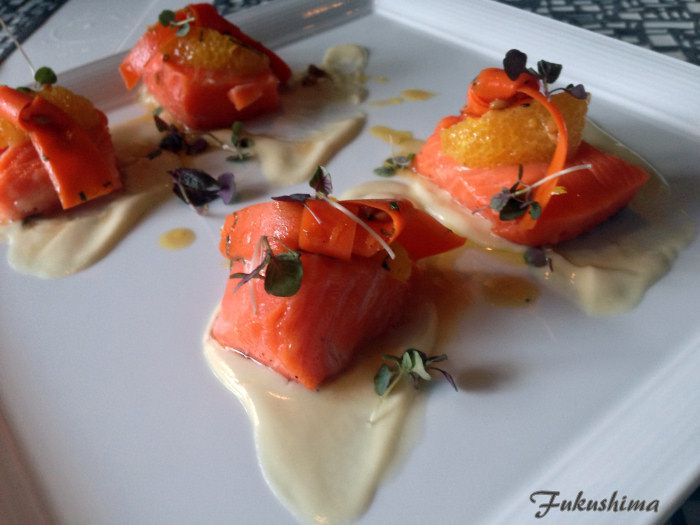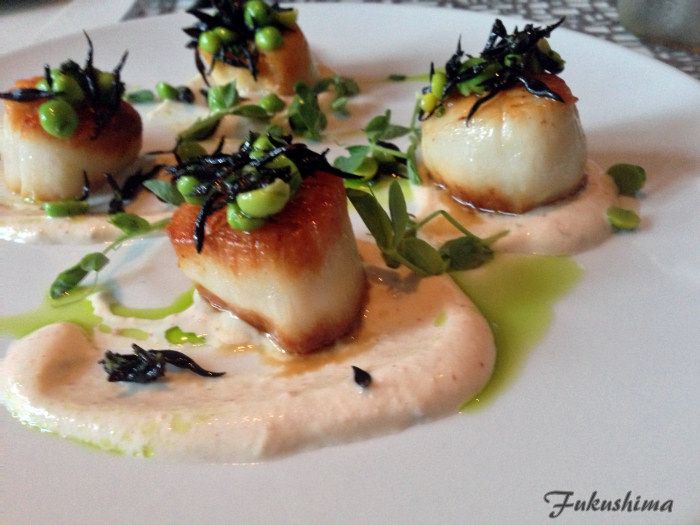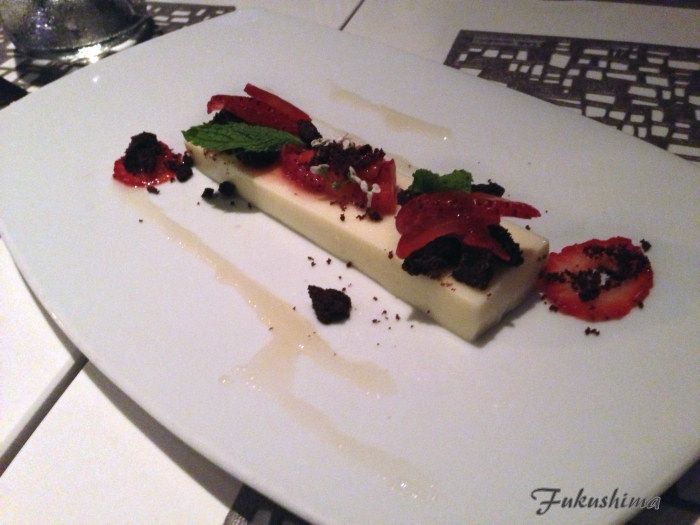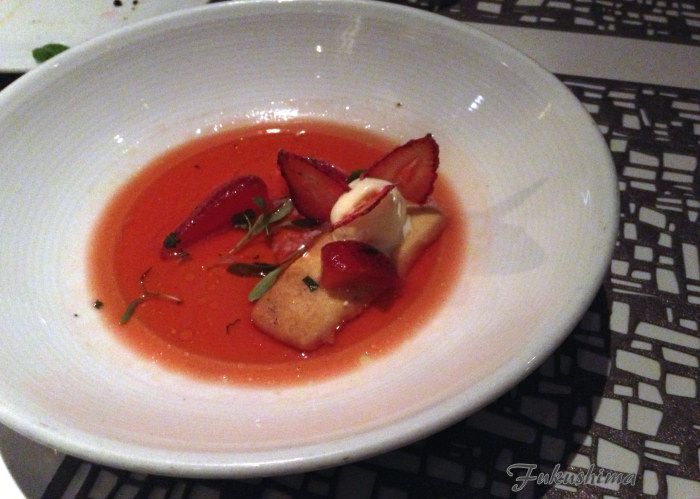It was moving day, my friends were moving in to the new family home. And what is the best thing to do on moving day? Why, invite a bunch of folks over for a BBQ. In this case, on the brand spanking new Konro that nobody has ever cooked on.
Ingredients were secured, or brought from home. The overall them, was to do some Japanese style grilling, and since this is sort of my area of expertise, largely by default that it is what I grew up with, I secured this stuff.
Groceries
Above, of most importance, is one very fresh sardine, two very fresh Aji Mackerel, some Prime+ Black Angus ribeye, some Duroc Pork belly, Monterey squid, octopus tentacle and some cookies. Oddly, there are two items, that did not get eaten in that pile, a package of Kurobuta Pork sausages and a package of Japanese King Trumpet mushrooms. I can't believe I forgot about them.
Other Stuff
The flavorings, that are what will be used to create various tare and sauce combinations. My family often joke that there are basically three flavors in Japanese cooking, shoyu, sugar and fish. That isn't true, of course, but, there is a little truth in humor. In this case, I made a simple dashi of katsuoboshi, smoked dried bonito flakes, and konbu, in this case, sun dried 'seaweed'. Actually, konbu is kelp, a large, leafy algae, common to all marine environments. The shoyu I chose was Marukin Shiboritate Nama shoyu, I really love the strong fermented aroma and complex taste of this shoyu. This is an everyday shoyu, and something that is easily affordable. Also in that picture of some interest, is the shiro miso, some Yuzu hot sauce, some Togarashi oil and rice wine vinegar. There were limes, lemons and some yuzu juice as well. I looked all over for sudachi and yuzu, not to be found this time.
I should probably explain, to my understanding, what a Konro is. Below is a picture of a konro (cone-row). In this case, with roasted potatoes and eggplant on the grates.
Konro
Often called a hibachi, rarely called a shichirin, this is actually a konro. What we in the United States know as a Hibachi, is actually a form of konro. A true hibachi is a wooden box, with a ceramic or iron insert, that was used to heat the house with a small fire. These were very much like room heaters and were quite common in the more urban parts of Japanese cities. A Shichirin and a small, round, stove, primarily designed for use with pots, or small grates. It is a family cooking device. A konro, is going to be rectangular, and is designed as a cooking device, and is most commonly associated with charcoal grilling yakitori and small fishes. More on that later. Konro and Shichirin are most often used with Binchotan or Sumi-e charcoal, very high quality charcoals from Japan, Korea or China. It is worth noting that the sides of the konro, made from diatomaceous earth, never heated beyond warm. After 6 hours over 750F, the sides of the konro could be held with bare hands.
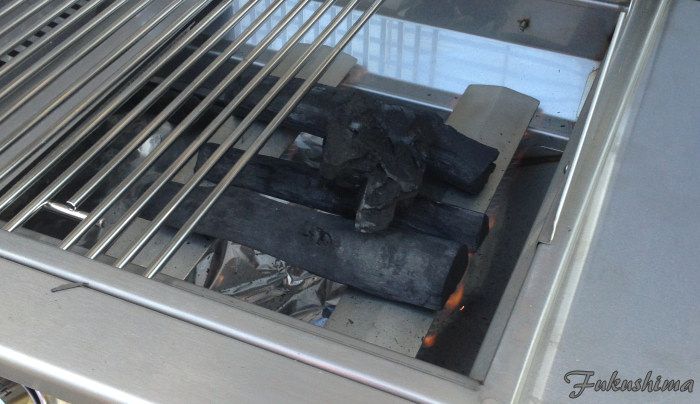
Binchotan and Lump
Above is a photo of three pieces of Binchotan and one piece of American oak lump charcoal. We wanted to compare these in the konro. It took a good 30 minutes on the gas grill to even get the Binchotan starting to ash. In actual use, the Binchotan, which costs 4x to 10x the cost of the lump, was vastly superior. It burned hotter than the lump, and where the lump was gone after 15 to 20 minutes, we rolled the binchotan at 750F to 1000F for 6 solid hours. Beyond that, the Binchotan burned with no visible smoke, seared and atomized dripping almost immediately and was far hotter than the lump ever got.
Tare in reduction mode
I made several tare, based upon the original dashi, along with a variety of ingredients. The tare is the glaze/marinade that is brushed on to the meats and vegetables during the grilling part of the cook. These consisted of varying amounts of dashi, sugar, shoyu, mirin, sake, vinegar etc... Then I reduce these, to create a thicker liquid, this gives me a little more stickiness when applying the tare. For this cook, I decided to blow palates out of the water, ignoring subtlety, I used a base recipe like this.
Base Tare:
2 cups dashi
1/4 cup shoyu
3 to 4 shiitake mushrooms, preferably dried and soaked
2 tablespoons citrus juice
2 tablespoons mirin (sweet rice wine)
2 tablespoons sake
1/4 cup brown sugar (amamizu, which is basically glucose syrup would have been great)
Combine and simmer down to 1/2 original volume.
Small, oily, fish
Under that stuff, which is NOT peanut butter, is a Aji mackerel, it was cleaned, scaled and had the hard swimmerlets removed from it's sides. I then covered it in a flavored miso and allowed it to sit in the refrigerator for 4 hours. This was to draw out some liquid, prepare the skin for grilling and add some flavor. Every surface had to be rubbed with the miso. I decided to use a flavored miso for kicks and giggles.
Flavored Miso:
1.5 cups of shiro miso
2 tablespoons or so, of dashi
1 tablespoon of lemon juice
1 teaspoon of Yuzu
Lime zest
dash of togarashi oil
Mix all ingredients thoroughly, apply cold to cold fish (important that all things are cold). Then wrap in plastic wrap and store in fridge for at least 2 hours, and up to 24 hours. And yes, the longer you go, the funkier it will get. For the actual grilling, I wash the miso off, and the fish goes down whole onto the grill. Grill it until the skin is charred in places and crispy. Serve whole. Once the meat is eaten, you can grill the spine, which some people really love. The other Aji and the sardine were simply scaled and rubbed with kosher salt, then allowed to sit for 40 minutes and grilled. Just that simple.
There were vegetables, shishito peppers, sugar snap peas, mushrooms, eggplants, Tokyo negi (a large green onion from Japan). We also grilled some SPAM and fresh pineapple, which we made into Spam Mususbi, the pineapple really added to the dish. I ended up making a cucumber tsukemono, and some other friends made udon soup to start the dinner off.
Meats
Here is the shot of the octopus tentacle, next time, I really need to get baby octopus. The ultra prime ribeye was rolled around slices of the Tokyo Negi. I understand this was delicious, I missed out on it. The squid was brilliant also, but, I have not one decent shot to show, there was a sake accident.
Torinegi
We finished off the dinner with torinegi, the classic yakitori dish of chicken with Tokyo negi slices. We held off this dish until the end, as one of our diners in deathly allergic to chicken. This dish was incredible though, as you can see, the charcoal is still ripping hot, and the chicken browned beautifully. I used a tare that combined the basic tare I listed above, with a couple of dashed of yuzu hot sauce, togarashi oil and shiro miso, to really get a lot of flavor rolling on the surface of the chicken. There is no doubt after eating this, that there is solid reason that chicken grilled over binchotan is a staple of Japanese street food and Izakaya culture, they marry perfectly. In terms of preparation, just some boned out chicken thigh chunks, interspersed with Tokyo negi chunks, grilled over the fire. Amazing chicken.
Oooo! Glowy!
I just like how the coals are glowing under the meat here. And yes, that is a large, fancy, stainless steel gas grill we are cooking over with a charcoal grill. I loved this cook, the long hours notwithstanding, there is something very engaging and direct about this style of cooking, if I could do this, gathered around a large table, just grilling and shoving stick of food at people, I would never tire of that.
